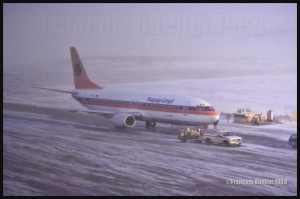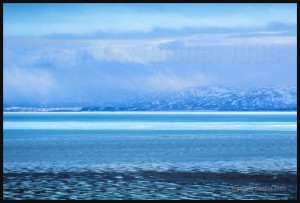The Transport Canada flight service specialists (FSS) in Iqaluit were sometimes amazed by the type of clothing chosen by pilots who were ferrying aircrafts from Europe to America.
Small and mid-size aircrafts required a flight plan including a stopover in Iqaluit, on Baffin Island, since refueling was necessary. One would think that pilots would have prepared themselves for unexpected situations and plan according to the extreme weather conditions prevailing at some of the airports along their route to America.
The FSS staff witnessed, on numerous occasions, small jets experience serious problems while refueling under very cold temperature. While the tanks were being filled up, the tires were deflating progressively.

A small delay in the operations and the engines did not start anymore. The pilots got out of their aircraft, wearing only a thin leather jacket and summer shoes. Trying to protect themselves from the bitter cold, they gesticulated while talking with the fuel man who, himself, was wearing a thick Arctic suit that protected him from head to toes.
A thin leather jacket and summer shoes were certainly appropriate for Southern Europe but far from being useful on the apron of an airport where the wind chill factor often varied between -50C and -65C. The aircraft sometimes had to be towed in a hangar in order to be warmed up for hours, if not the night, and the transit fees grew exponentially.
I suppose that a pilot who lived such an experience remembers it today as clearly as the FSS staff, but not for the same reasons. And it is almost certain that he prepared accordingly for the next ferry flight.

For more real life stories as a FSS in Iqaluit, click on the following link: Flight service specialist (FSS) in Iqaluit